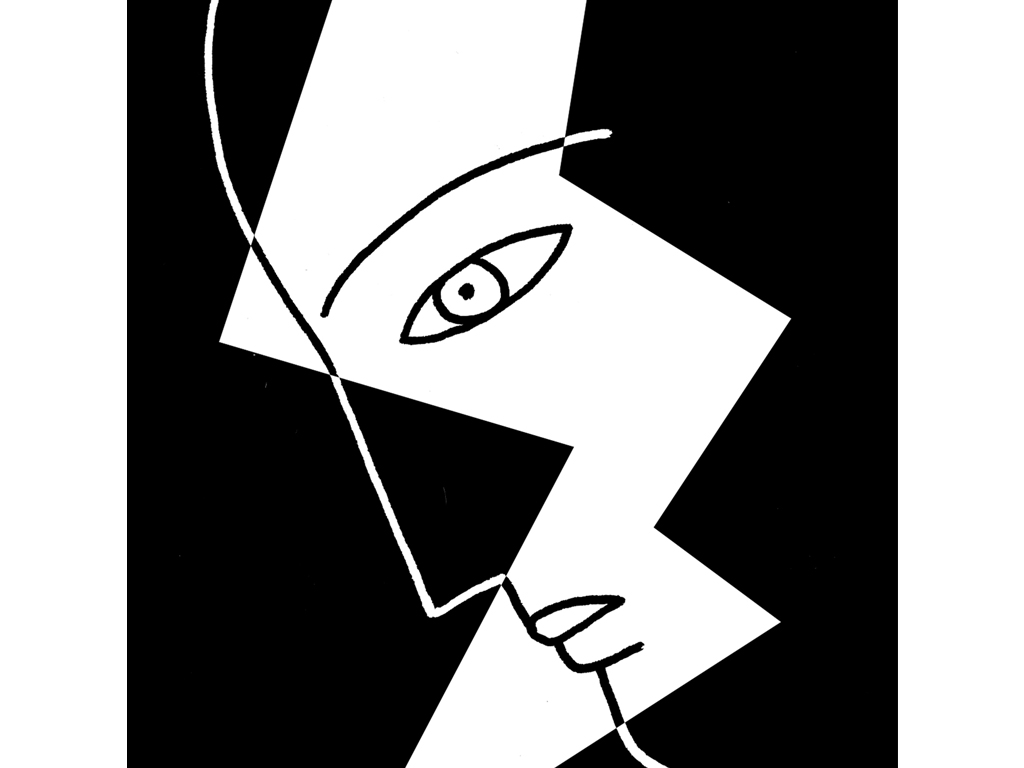|
Vocapedia > Media > USA > NYT > Illustrations >
2008-2009

Anthony Russo
The Age of Alzheimer’s
October 27, 2010
The New York Times
By SANDRA DAY O’CONNOR,
STANLEY PRUSINER
and KEN DYCHTWALD
OUR government is ignoring what is likely to become the single greatest
threat to the health of Americans: Alzheimer’s disease, an illness that is 100
percent incurable and 100 percent fatal. It attacks rich and poor, white-collar
and blue, and women and men, without regard to party. A degenerative disease, it
steadily robs its victims of memory, judgment and dignity, leaves them unable to
care for themselves and destroys their brain and their identity — often
depleting their caregivers and families both emotionally and financially.
Starting on Jan. 1, our 79-million-strong baby boom generation will be turning
65 at the rate of one every eight seconds. That means more than 10,000 people
per day, or more than four million per year, for the next 19 years facing an
increased risk of Alzheimer’s. Although the symptoms of this disease and other
forms of dementia seldom appear before middle age, the likelihood of their
appearance doubles every five years after age 65. Among people over 85 (the
fastest-growing segment of the American population), dementia afflicts one in
two. It is estimated that 13.5 million Americans will be stricken with
Alzheimer’s by 2050 — up from five million today.
Just as President John F. Kennedy, in 1961, dedicated the United States to
landing a man on the moon by the end of the decade, we must now set a goal of
stopping Alzheimer’s by 2020. We must deploy sufficient resources, scientific
talent and problem-solving technologies to save our collective future.
As things stand today, for each penny the National Institutes of Health spends
on Alzheimer’s research, we spend more than $3.50 on caring for people with the
condition. This explains why the financial cost of not conducting adequate
research is so high. The United States spends $172 billion a year to care for
people with Alzheimer’s. By 2020 the cumulative price tag, in current dollars,
will be $2 trillion, and by 2050, $20 trillion.
If we could simply postpone the onset of Alzheimer’s disease by five years, a
large share of nursing home beds in the United States would empty. And if we
could eliminate it, as Jonas Salk wiped out polio with his vaccine, we would
greatly expand the potential of all Americans to live long, healthy and
productive lives — and save trillions of dollars doing it.
Experience has taught us that we cannot avoid Alzheimer’s disease by having
regular medical checkups, by being involved in nourishing relationships or by
going to the gym or filling in crossword puzzles. Ronald Reagan suffered the
ravages of this disease for a decade despite the support of his loving family,
the extraordinary stimulation of his work, his access to the best medical care
and his high level of physical fitness. What’s needed are new medicines that
attack the causes of the disease directly.
So far, only a handful of medications have been approved by the Food and Drug
Administration to treat Alzheimer’s, and these can only slightly and temporarily
modify symptoms like forgetfulness, disorientation and confusion. None actually
slows the underlying neurodegeneration.
In the mid-1980s, when our country finally made a commitment to fight AIDS, it
took roughly 10 years of sustained investment (and about $10 billion) to create
the antiretroviral therapies that made AIDS a manageable disease. These
medicines also added $1.4 trillion to the American economy. The National
Institutes of Health still spend about $3 billion a year on AIDS research, while
Alzheimer’s, with five times as many victims, receives a mere $469 million.
Most of the medical researchers who study Alzheimer’s agree on what they have to
understand in order to create effective drugs: They must find out how the
aberrant proteins associated with the disease develop in the brain. They need to
model the progression of the illness so they can pinpoint drug targets. And
ultimately they must learn how to get drugs to move safely from the blood into
the brain.
A breakthrough is possible by 2020, leading Alzheimer’s scientists agree, with a
well-designed and adequately financed national strategic plan. Congress has
before it legislation that would raise the annual federal investment in
Alzheimer’s research to $2 billion, and require that the president designate an
official whose sole job would be to develop and execute a strategy against
Alzheimer’s. If lawmakers could pass this legislation in their coming lame-duck
session, they would take a serious first step toward meeting the 2020 goal.
Medical science has the capacity to relegate Alzheimer’s to the list of former
diseases like typhoid, polio and many childhood cancers. But unless we get to
work now, any breakthrough will come too late to benefit the baby boomers.
Whether the aging of America turns out to be a triumph or a tragedy will depend
on our ability to fight this horrific disease and beat it before it beats us.
Sandra Day O’Connor is a retired associate justice of the Supreme Court. Stanley
Prusiner, who received the 1997 Nobel Prize in Medicine, is the director of the
Institute for Neurodegenerative Diseases at the University of California, San
Francisco. Ken Dychtwald, a psychologist and gerontologist, is the chief
executive of a company that consults with businesses about the aging world
population.
The Age of Alzheimer’s,
NYT, 27.10.2010,
http://www.nytimes.com/2010/10/28/opinion/28oconnor.html
Explore more on these topics
Anglonautes > Vocapedia
illustrations > USA
> NYT > gallery >
2008-2009
illustrations > UK > The Guardian > gallery >
2006-2007
children's
books
graphic novels
books
/ newspapers / www >
comics, superheroes, superheroines
media,
press, newspapers,
radio, podcasting, TV,
journalism,
photojournalism,
journalist safety, free speech,
free press,
fake news,
misinformation,
disinformation,
cartoons, illustrations,
advertising
painting > street art >
artwork, graffiti, murals
painting, sculpture
Related > Anglonautes >
Arts
painting, sculpture
|